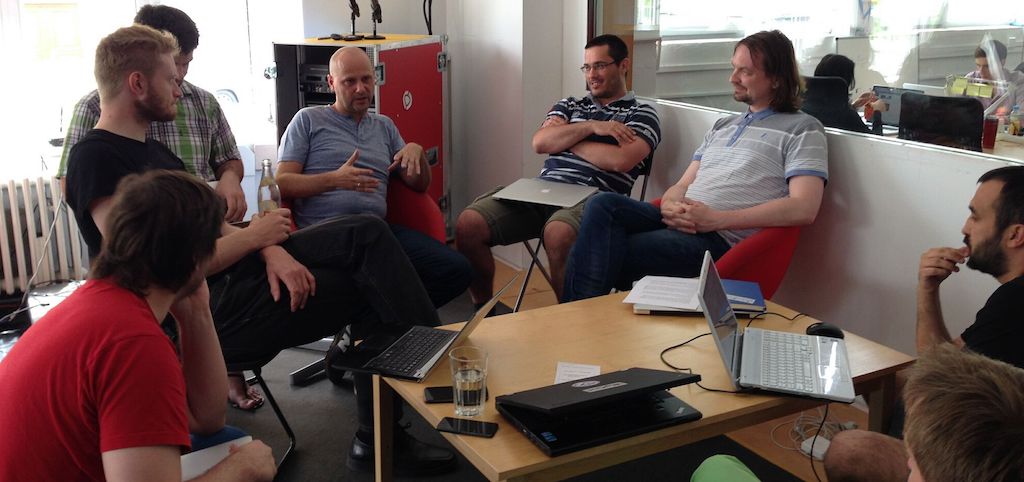European chemical industry reduced carbon dioxide emissions since 1990 already more than 50%. Using the “best available technologies” further improvement will require significant technology change associated with significant capital expenditures or electrification or capacity reduction.
Being aware on further development of the European legislation, in particularly package Fit for 55 related to EU decarbonisation inspiring rest of the world, the chemical industry is one of the most impacted sectors. This is mainly due to the position of the chemical industry as energy intensive sector. In the same time this industrial sector could significantly contribute to the decarbonisation under certain specific conditions. Among them the following areas are expected and recommended:
- Access to sufficient quantity of cost-competitive renewable energy.
- Access to cost-competitive low-carbon hydrogen (renewable or appearing as by-product from existing chemical technologies).
- Sufficient availability of biomass and market creation for renewable and low-carbon products.
- Support of circular economy with accent to material recycling.
1) Access to sufficient quantity of cost-competitive renewable energy is a key condition to achieve expected and required EC goals. Surprisingly, the many acts foretimed that main condition and instead to support and develop sufficient capacity of renewable (low-carbon) energy sector, many other requirements in the same time are created to down-stream industrial sectors. Their investments are conditioned by “success” of energy sector re-built. Just to understand the frame of this impact: the overall German electricity consumption is 558 TWh (2020), only electrification of German chemical industry (as was presented at Chemical Convention in October) would require 600 TWh. The “Czech impact” is less non-proportional: total consumption is 80 TWh, when “electrification requirement” of the national chemical industry would be 12-15 TWh (with current consumption about 4 TWh) with coming pressure on stoppage of coal-based energy sector (supplying about 50% of energy mix). The condition for larger development of renewable energy (wind, solar, hydro) are limited upon local climate conditions in the Czech Republic and further solution seems to be nuclear orientation. So, the following key aspects require urgent clarification:
- The overall electricity poverty and power supply instability is expected under current anti-nuclear and natural gas supply policy associated by cost impact and followed by weakening of chemical production competitiveness.
- Decision on the electrification of chemical industry (in parallel to transport: e-mobility and electrification of another energy-intensive sectors) may cause severe problems and the industry should consider other options.
2) Access to cost-competitive low-carbon hydrogen (renewable or appearing as by-product from existing chemical technologies). Chemical industry is one of the main hydrogen industrial users. The main unavoidable hydrogen derivatives are ammonia and methanol (total production in EU is more than 20 mil. t/y ammonia and almost 5 mil. t/y methanol requiring in total cca 4 mil. t/y of hydrogen). These products are the beginning of large product chain for fertilizers, polymers and other products of common use by humans. The chemical industry is therefore a large producer of needed quantity hydrogen by technologies emitting carbon dioxide (steam reformers, gasoline reformers, partial oxidation units using hydrocarbons as feed). EC came with requirement that renewable fuels of non-biological origins used for final energy and non-energy purposes shall be 50 % of the hydrogen used for final energy and non-energy purposes in industry by 2030. This provision should be based on assumption that there will be sufficient capacities and clean hydrogen can contribute to carbon-neutrality in a cost-effective manner assuming sufficient supply of cost-effective renewable electricity for hydrogen production. The following key aspects require urgent clarification:
- Renewable hydrogen is not expected to be cost-competitive in the short term. The chemical industry is exposed to international competition and cannot cope with the additional costs deriving from the mandated use of renewable hydrogen in its production processes. So not only investment support but also operational support needs to be considered to avoid product price increase (inflation) and secure EU industry competitiveness. Optionally the blue hydrogen (low-emission production, e.g. combined with CCU) could be the solution. Low carbon hydrogen might be available from another technologies as by-product.
- The hydrogen resulting as a by-product of chemical technologies is usually used internally or for on-site energy generation. For example, such a hydrogen appears in several plants in the Czech Republic: sodium-chlorate electrolysis with chlorine production, ethylbenzene dehydrogenation for styrene production; question is also conversion of refining residues for hydrogen production (associated with CCU) instead of as fuel use. Such a hydrogen is produced alongside the manufacture of the target product. Whenever possible this hydrogen is used for chemical value creation and this hydrogen cannot be replaced by delivering renewable hydrogen due to the process itself.
3) Sufficient availability of biomass and market creation for renewable and low-carbon products. Biomass availability is one of the crucial aspects for sustainable development considering significant use of biomass for energy generation and traditional material use (paper industry is already main player using cellulosic biomass). In the same time, “soil decarbonisation” would have impact on efficient harvesting and farmers (not only in the Czech Republic) are already limiting use of straw for energy and industrial utilisation. The recognition that biomass availability is not un-limited should be taken into account when considering newly growing sectors like “renewable chemistry” in larger scale. Specific attention should be paid to Carbon Capture and Use (CCU) technologies: this is a real opportunity and challenge for chemical industry. The conversion of carbon dioxide back to hydrocarbons or oxygenated hydrocarbons through hydrogen route might be in future strengthen by use of water (instead of hydrogen). This route is already identified by Sunergy programme defining 3 future technologically prospective routes (electrochemical, photoelectrochemical and bio-hybrid processes) based on water:
- Water splitting by renewable energy for hydrogen production (using oxygen in energy sector).
- Nitrogen reduction by water using renewable energy for ammonia production (using oxygen in energy sector).
- Carbon dioxide reduction by water using renewable energy to produce oxygenated hydrocarbons (using oxygen in energy sector).
4) Support of circular economy with accent to material recycling. Chemical industry is able to significantly contribute to the circular economy by using chemical technologies for material recycling by converting waste materials, e. g. plastics and other carbon rich materials, into useful products like monomers, basic-chemicals, alternative fuels and other value-added materials. These chemical recycling processes typically include pyrolysis, plasmolysis and solvolysis. These techniques are indispensable namely for material recycling of post-consumer mixed waste plastics, which is not suitable for mechanical recycling. The Czech Republic is active in the area of chemical recycling since the beginning of 2019 and our representative became a member of the Issue Team for Chemical Recycling Cefic. This body is focusing on 4 main pillars: (1) Regulatory & Positioning, (2) Methods and standards, (3) Technology and (4) Value chain. Recycled carbon fuels should also be included as a full compliance option in the targets of the RED III.
Conclusions:
Products of chemical industry are unavoidable in many aspects of our life and are needed for human being and wealth. EU chemical industry already recognized the challenges and opportunities brought by decarbonisation policy and energy efficiency.
Being one of the energy intensive industry the energy efficiency-based modernisation of existing production units is one contributing factor. Hydrogen will remain key product for refining and petrochemical industry. Use of green hydrogen combine with by-product hydrogen and blue hydrogen (low emission production, e.g. combined with CCU) is a natural and rational option.
But water as hydrogen source may have multiple direct use. Possible electrification could significantly contribute to overall reduction of carbon dioxide emission by industry expecting sufficient capacity and stability of green electrical energy supply
Active participation in opportunities which are brought by circular economy (using waste as raw material) is another challenge for chemical industry.
Clear support of chemical recycling processes should become a natural part of continued up-date of EU and national legislations recognising that without this option of material recycling the overall goals cannot be achieved.
Chemistry could help by contributing to overall GHG emission reduction.

















